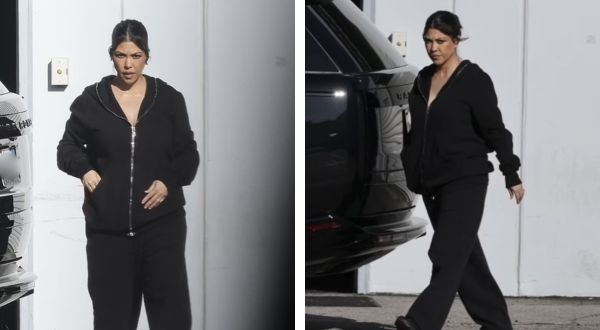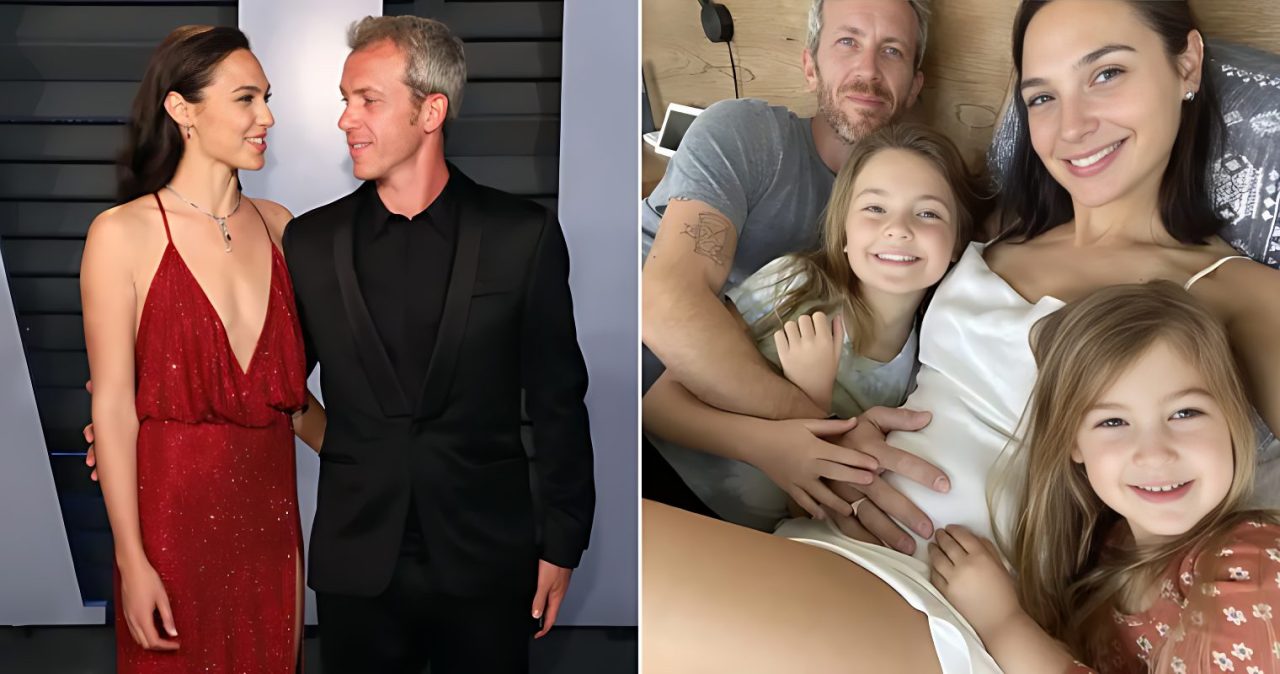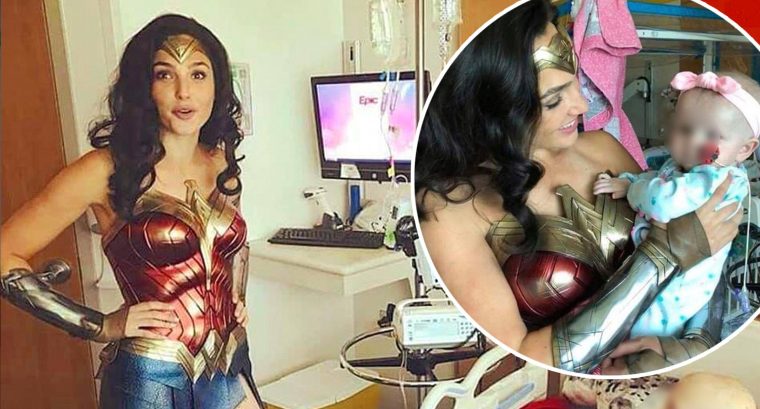Spider-Man: No Way Home was the Marvel Cinematic Universe’s first big multiversal adventure, bringing villains from past Spider-Man movies into the MCU, and through their stories in No Way Home, the MCU secretly changed the fate of one character from Tobey Maguire’s Spider-Man universe. The mid-credits scene of Spider-Man: Far From Home set up the events of Spider-Man: No Way Home as Mysterio (Jake Gyllenhaal) framed Spider-Man (Tom Holland) for his murder and revealed his identity to the world, which led the young hero to take some extreme measures to ensure the safety of his loved ones, but that led to bigger problems than the ones he already had.
Peter Parker asked Doctor Strange (Benedict Cumberbatch) to cast a spell that would make everyone forget he’s Spider-Man, but the spell was botched and, instead, it opened the gates to the multiverse, allowing villains from Sam Raimi’s Spider-Man trilogy and Marc Webb’s The Amazing Spider-Man movies to cross over to the MCU. Among them was Willem Dafoe’s Norman Osborn/Green Goblin, who ended up serving as No Way Home’s main villain, and through his story in this movie, the MCU actually changed the fate of one main character from Maguire’s Spider-Man universe: James Franco’s Harry Osborn, Peter’s best friend and Norman’s only son.
Curing Norman Osborn Saved Harry From Becoming A Villain
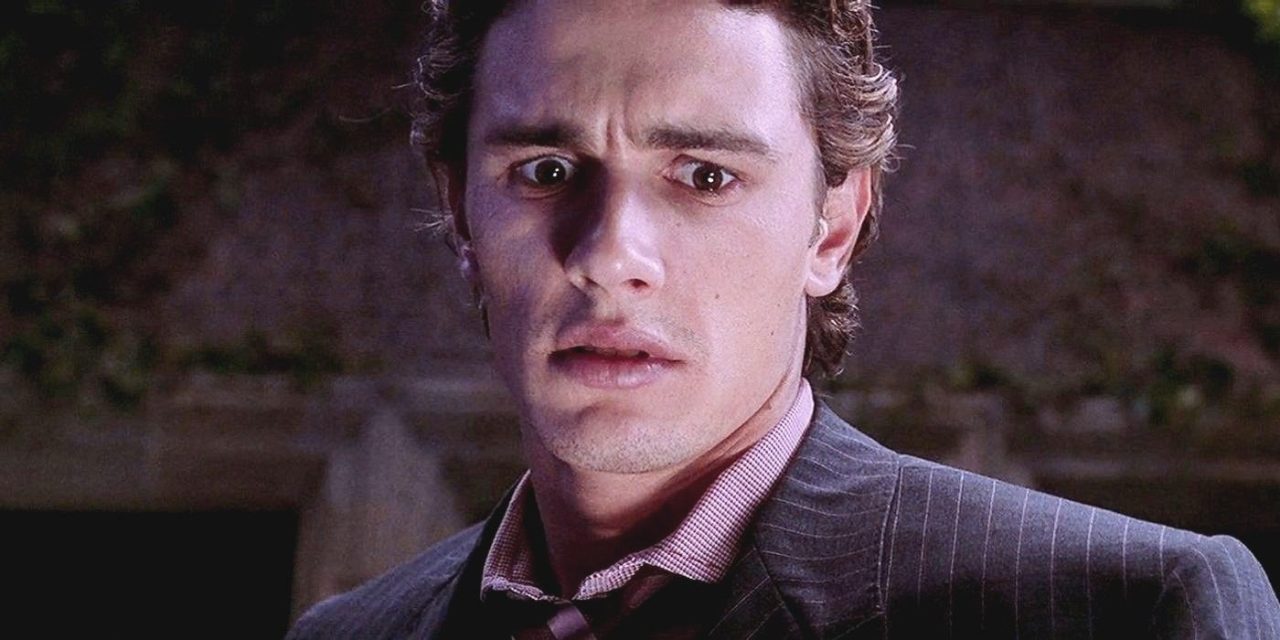
After learning the fate that awaited the villains in their respective universes, the MCU’s Peter Parker decided to try to find a cure for them before sending them back to their universes, and luckily for him, the arrival of his variants, referred to as Peter-Two (Maguire) and Peter-Three (Andrew Garfield), was key in his research and development of a cure. However, Peter-One also had to deal with the Green Goblin, who was responsible for the death of Aunt May and who led to the escape of the other villains (except Doc Ock, as he was the first one to be cured). After a battle against the Green Goblin, in which Peter-Two was stabbed by him, Peter-One was able to inject the Goblin with the cure, so he was back to being Norman Osborn when he was sent back to this universe – and by curing him, No Way Home saved Harry Osborn from a terrible fate.
In Sam Raimi’s Spider-Man, Harry Osborn saw Spider-Man leaving his father’s dead body at his home, believing that the web-slinger killed Norman. Harry wanted revenge against Spider-Man, and after learning that his best friend was Spider-Man, he found Norman’s secret room with all his Green Goblin equipment. In Spider-Man 3, and thanks to his father’s weapons and more, Harry became New Goblin, and though he redeemed himself in the end and joined Spider-Man against Venom, he died as he sacrificed himself to save his best friend. Curing Norman means that he won’t be killed by Spider-Man in his universe, so Harry won’t be looking for revenge against him and won’t become a villain to avenge his father’s death, meaning that he won’t die, either.
Why Harry Osborn Didn’t Appear In No Way Home
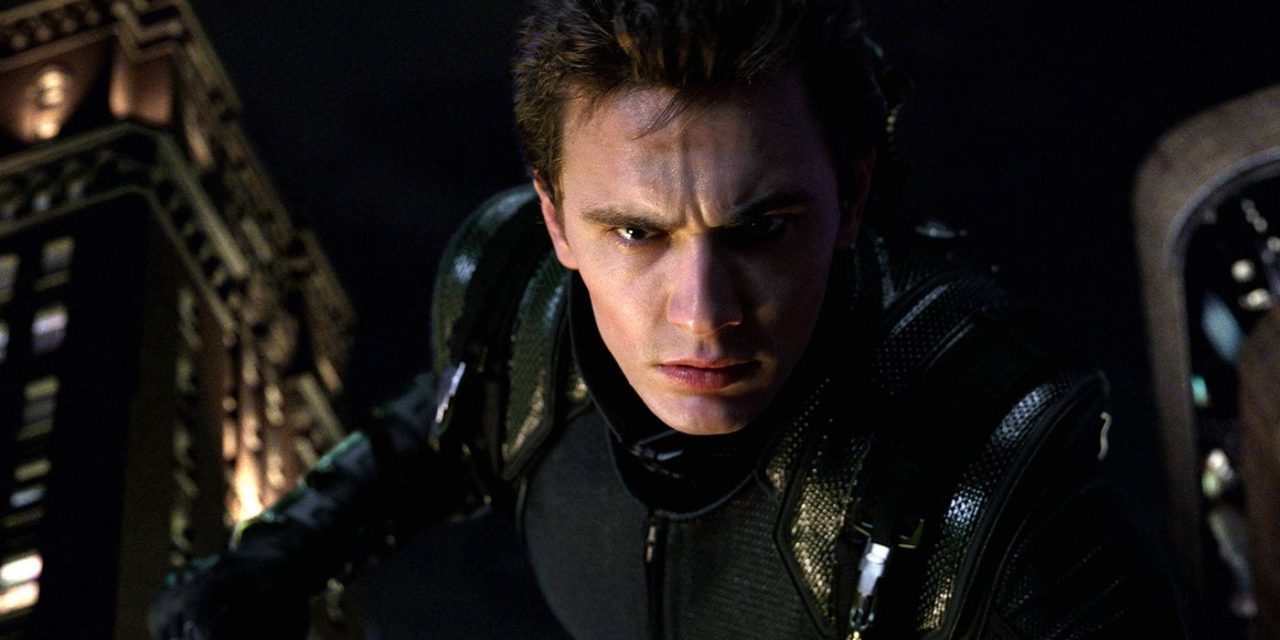
Spider-Man: No Way Home brought back Norman Osborn, Otto Octavius, Sandman, Lizard, and Electro, but Harry Osborn was one of the villains that weren’t invited to this multiversal chaos. No Way Home is all about redemption (and not just from the villains, as Peter-Three redeemed himself by saving MJ from falling to her death), and Harry had his redemption at the end of Spider-Man 3, so there would have been no point in bringing him back in Spider-Man: No Way Home. In addition to that, Harry/New Goblin’s only goal was to kill Spider-Man and only Spider-Man (although his actions put Mary Jane in danger, too), so he wasn’t a villainous person like the other villains who crossed over to the MCU. Harry Osborn staying in his own universe was for his benefit, as now that his father is cured, his story will be different from the one seen in Sam Raimi’s Spider-Man trilogy.





